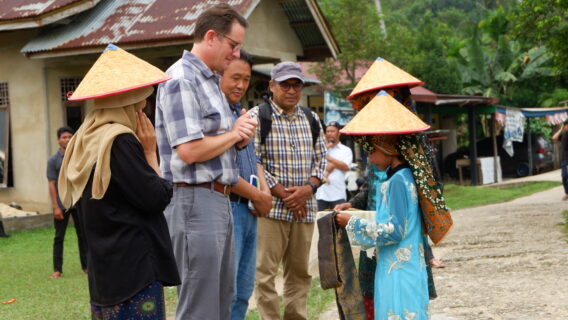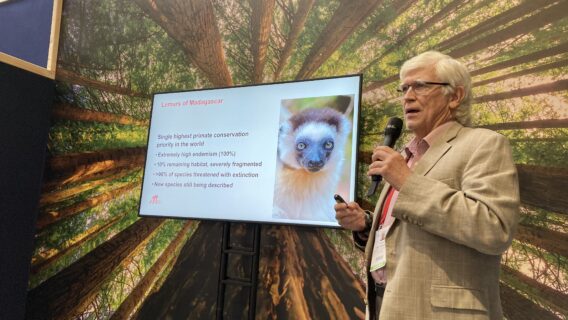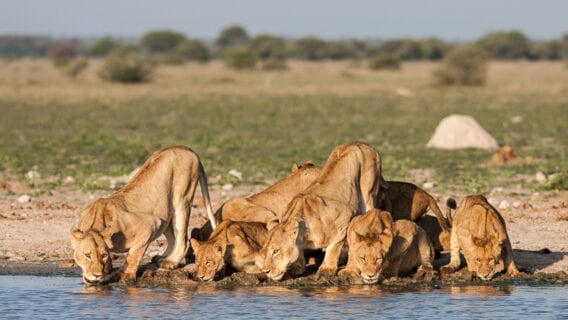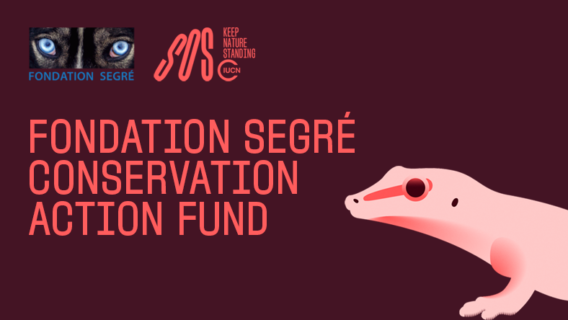Improving the Conservation Status of Critically Endangered Lemurs Species in Madagascar
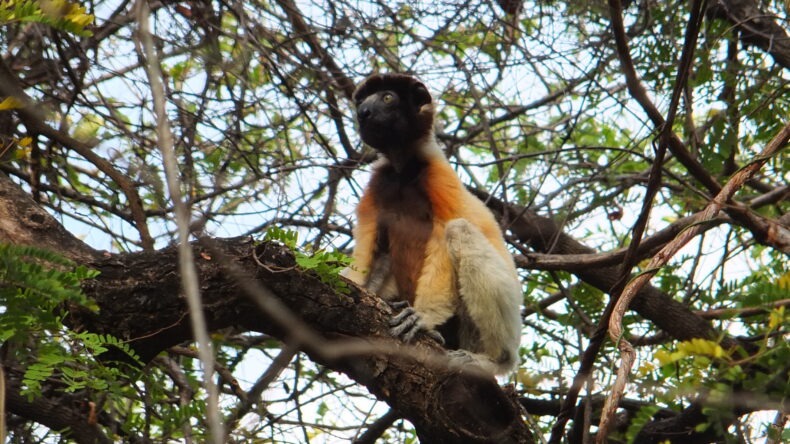
According to Global Forest Watch, the forest around the Maevatanana Ambato-Boeny project area has lost 17% of its initial cover over the past 20 years. Fire, illegal logging and the conversion of forests into agricultural areas or pastures for livestock are the known causes of this degradation. As the Crowned Sifaka and the Mongoose Lemur, both listed as Critically Endangered by IUCN, are arboreal and rely on the forest for their food, they are greatly affected by any changes in their ecosystem. Additionally, people keep poaching and selling wild animals as a source of income. The ongoing pandemic and measures taken to limit its spread has also worsened the situation. However, this project has obtained promising and progressive results in the area, which indicate that there is hope for the lemurs’ survival.
Fire is the main source of forest loss and degradation in Madagascar. According to Malagasy law, the clearing of the forest for agricultural purposes is only allowed under certain conditions. For example, in the region of Boeny, fire is authorised in some areas. However, nowadays, a lot of people are not aware of these conditions, which leads to accidental fires that affect the entire forest cover. As forest connectivity in the area is already critical, conserving it, and trying to extend it is extremely necessary. Thus, the project’s mission is to raise awareness about these laws and regulations, to prevent accidents from happening and to let people know when and where fires are allowed.
Increased patrolling efforts have resulted into an increase of lemur groups identified in the area. In fact, a group of monitored Crowned Sifaka has increased from 69 groups to 90 groups, a group of Mongoose Lemurs from 18 to 23 groups and a group Red Brown Lemur from 20 to 22 groups. The project’s team also recorded births of 27 Crowned Sifaka, 8 Mongoose Lemurs and 11 Red Brown Lemurs.
As part of an agreement made with the Ministry of the Environment, each community has the duty of restoring forest cover in some of the areas they are managing. With sustainability in mind, this project has trained community associations in seed collection so that they can produce their own sapling for reforestation activities. In six months, local communities have produced 24,234 native plants from seven species in total at their tree nursery and have transplanted 14,536 trees in the reforestation area.
This project is co funded by IUCN Save Our Species. The contents of this article are the sole responsibility of The Aspinall Foundation and do not necessarily reflect the views of IUCN.

